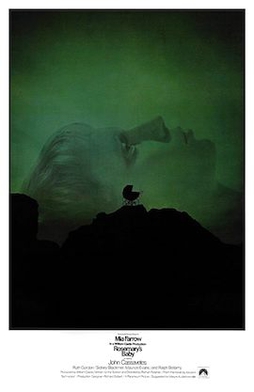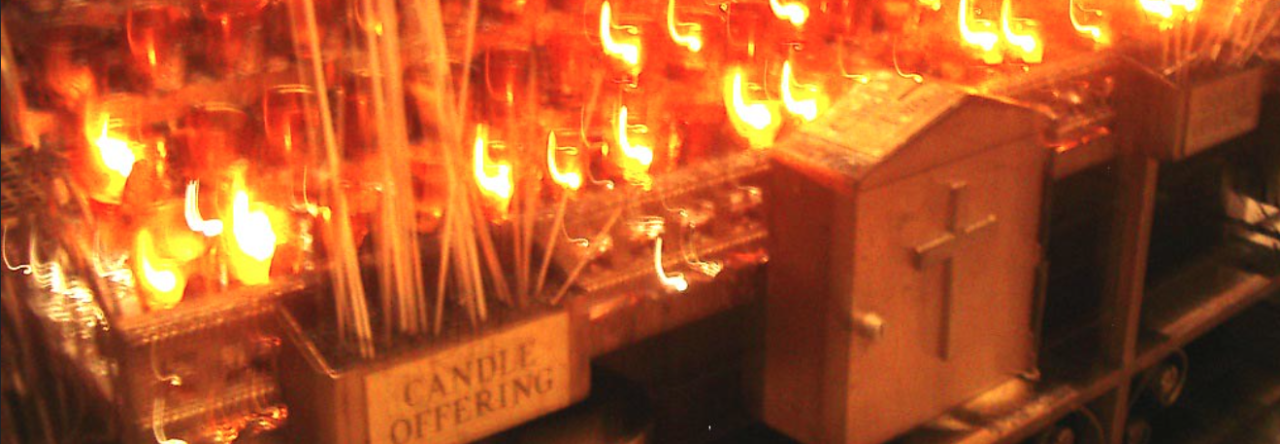The films made before the Satanic Panic and after had stark differences; oftentimes the only connecting factor lay in their genre and religiosity. The films pre Satanic Panic were less often religious, and the units of analysis for this time period contained more films that had religious movies but limited religiosity in themes, such as vampire films that did not have mention of theology. Still, the set of films pre Satanic Panic did contain some of the most iconic films of the genre, such as The Omen (1976), The Exorcist (1973), and Rosemary’s Baby (1968). These films perhaps set the stage for the Satanic Panic, exposing the fears that would lead to a nationally consuming moral panic.

Going back to my research question: “What is the effect of the ‘Satanic Panic’ on the portrayal of Christianity among US-made horror film trailers produced during the 1970s versus the 1990s?” I found that the films post Satanic Panic showed how views of both religion and the body were changed by the events of the 1980s. The films post Satanic Panic had extremely different portrayals of sexuality, with abusive and domineering male sexuality becoming increasingly present, in turn also increasing representation of female sexuality in a victimized capacity. The Satanic Panic was a sex-obsessed moral panic, as they often are. Fears of the demonic ushered in fears, or possibly the allowance for the reality of, sexual abuse committed by men in powerful positions, such as the film Devil’s Advocate (1997). Movies made before the Satanic Panic, however, were more likely to have female sexuality at its most perverse, for instance the necrophilia cult of Love Me Deadly (1972). This change mirrors closely to the theme of positive possessions, such as Vampires (1998), Stigmata (1999) or Bless the Child (2000). These were instances of the possessions that are similar to demonic possession, in that an average person is overcome with a Biblical force, but there was a rise in the movies post Satanic Panic of divine possessions. These were people, often children or women, who had godly powers thrust upon them, often causing chaos. These changes reflect a deeper fear of sexual exploitation alongside a craving to believe in the power of the divine. It’s interesting to see these two occurring simultaneously, while the increase in domineering or abuse male sexuality saw a decrease of safe sexuality, the increase in positive possession did not see a decrease of demonic possession.
